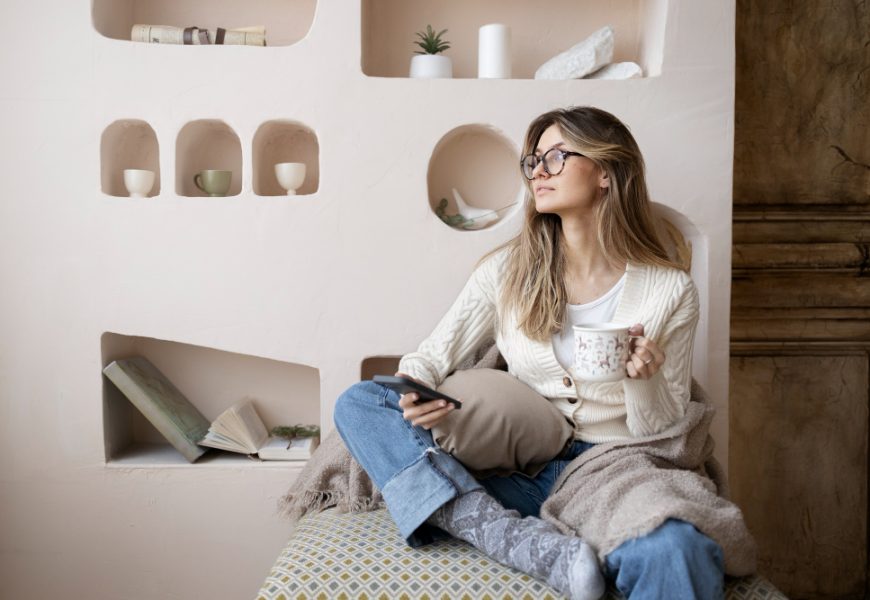Embracing the Spirit of Minimalism Within Your Living Space
Minimalism is often misunderstood as a harsh, cold aesthetic—bare walls, empty rooms, and rigid restraint. Yet, in truth, it is far gentler than that. At its heart, minimalism is not about stripping your environment until nothing remains, but rather about thoughtfully curating what surrounds you so that each item you choose to keep serves a purpose or brings true joy. It’s about inviting harmony into your home by reducing clutter, both physical and mental, and creating space that breathes with intention.
When you embrace minimalism at home, you begin noticing that your environment is not just a backdrop—it actively shapes how you feel. Too much visual noise can overwhelm the brain, subtly feeding a sense of agitation or restlessness. On the other hand, a room that feels open, calm, and balanced welcomes you into a state of ease. With less distraction, daily life flows more calmly and organically, freeing attention for what matters most.
This doesn’t mean throwing everything away. It means reassessing what you have and asking: Does this serve me? Does it belong in this stage of my life? Does it enhance my peace or drain my energy? The answers to these questions guide you toward intentional simplicity. Often, it’s not about making grand, sweeping changes, but about micro‑adjustments: clearing a side table so it can hold just a lamp and book, removing duplicates from the kitchen cabinet, or rearranging furniture so your living room feels open and breathable.
What emerges is not a sterile home but one that reflects clarity. Imagine sipping tea in a space with just enough furniture to sit comfortably, subtle light that feels warm, and a few cherished objects that carry meaning. The absence of clutter doesn’t feel like a lack—it feels like presence. It allows you to live and rest without being visually or emotionally overstimulated. Over time, these small changes ripple outward and touch your entire sense of well‑being.
Minimalism is not about perfection. It is about gradual transformation through care, clarity, and awareness. With each intentional decision—choosing what to keep, what to release, and how to arrange what stays—you invite harmony into both your rooms and your inner rhythm, discovering that living with less can actually give you far more of what you need: time, peace, space, and calm.
Practical Small Steps Toward a Minimalist Home That Radiates Peace
The beauty of minimalism lies in its accessibility. You don’t need to empty your house in one weekend or spend money on specialized storage systems. Instead, you begin with gentle, practical steps that invite balance over time.
One of the easiest entry points is focusing on a single shelf, drawer, or counter space instead of tackling an entire room. This avoids overwhelm and allows you to see and feel progress right away. Each cleared area becomes an encouraging reminder that simplicity is within reach. From there, gradually expand—one corner, one closet, one surface at a time.
Quality over quantity is another powerful principle. When buying or keeping items, ask yourself if a piece is durable, useful, and aligned with your style or values. A few carefully chosen objects often contribute more warmth and beauty than dozens of decor accents competing for attention. The goal isn’t to deprive yourself, but to let every belonging feel intentional rather than accidental.
Transparent storage or open shelving can help clarify purpose. When you can see what you own, you’re more likely to use it, appreciate it, and avoid unnecessary duplication. This practice also encourages mindful consumption: before bringing new items home, pause and ask whether they truly add value or simply fill space.
Daily habits also play a central role. Tidying as you go—returning an item after use, clearing surfaces before bed, or resetting high‑traffic areas—creates a rhythm of order that prevents buildup. Over time, this light maintenance becomes second nature, making the minimalist lifestyle feel natural rather than forced.
Minimalism extends beyond possessions into how spaces are designed. Something as small as maintaining an open pathway through your home influences how fluid and calm your day feels. A living room free of excess furniture invites movement and conversation, while a clean kitchen counter transforms cooking from a chore into a calming act of creativity.
Perhaps most importantly, minimalism is not about rushing into an all‑or‑nothing approach. Its power lies in the layering of gentle, repeated actions that slowly reshape your home’s atmosphere. By choosing with awareness—whether that means reusing what you have, redesigning a layout for more openness, or simply saying no to an unnecessary purchase—you cultivate a space that supports your life rather than weighing it down.
The result is both practical and deeply rewarding. Even small apartments or busy households can feel serene and purposeful when every object and arrangement is thoughtfully chosen. You may discover that with less clutter, your home welcomes more: more rest, more creativity, more connection, and more breathability. Over time, these changes bring not only outer order but also inner calm.
Minimalism at home is not about achieving a magazine‑ready space. It’s about creating an environment where you feel grounded, supported, and free. With each modest shift, you move closer to a home that radiates peace—an oasis where simplicity becomes spaciousness, balance becomes beauty, and harmony becomes your everyday way of living.







